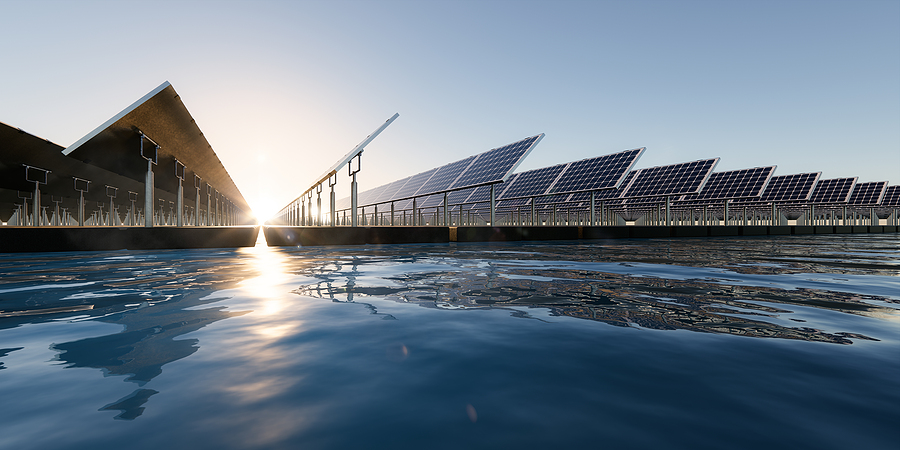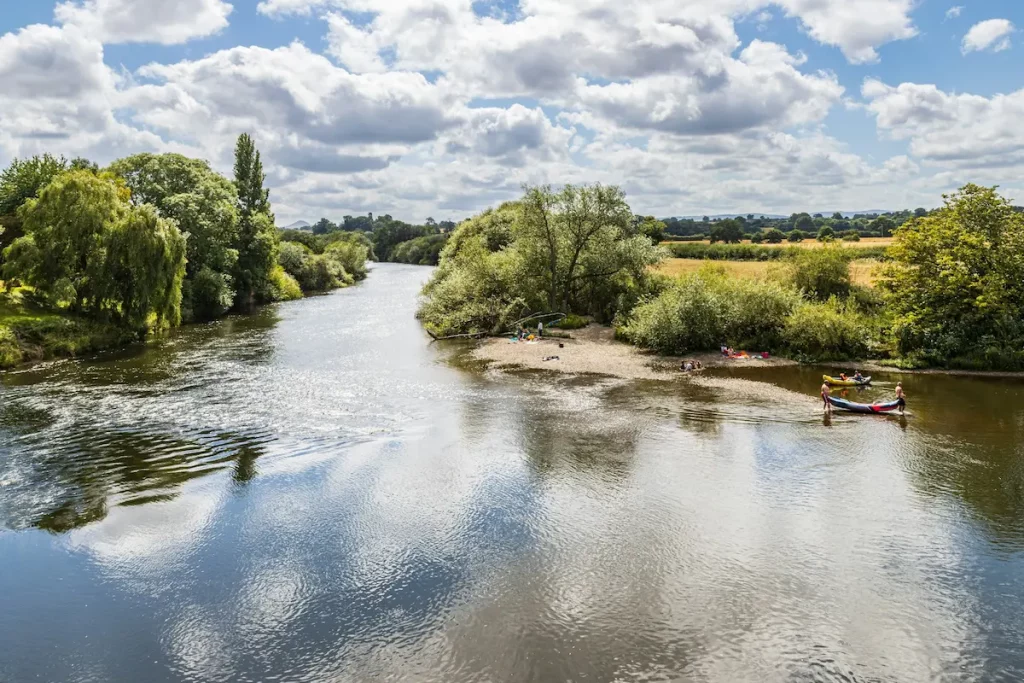It is difficult to run a modern business without the use of some form of data centre but this comes at a surprising water cost.
A critical storage area for data and critical cloud applications, data centres are a vital part not only of the public-facing online elements of many businesses but their day-to-day operations, and this has become even more critical with the increased size and scale of AI-driven businesses.
The problem is these vast server farms generate massive amounts of heat which in turn needs vast cooling systems to dissipate and redirect.
One of the most popular of these has been water cooling, given that liquid cooling systems are typically seen as a significantly more energy-efficient way of redirecting heat, particularly for dense server systems.
However, the rapid rise of water-cooled server farms has caused issues with water supplies to the point that business water supplier Thames Water mentioned to Bloomberg that they were exploring methods to disincentivise excessive water use by data centres based in the capital.
Given that the alternative is up to 1000 times less efficient and thus more electricity-intensive, here are some ways in which data centres can reduce their usage of mains water without risking their vital electronic infrastructure and not relocating the server farm.
Use Recycled And Non-Drinking Water Sources
The problem with the water usage is not necessarily how much water is being used on a daily basis but that the water being used is potable and thus would be better used as drinking water rather than flowing through the pipes of a data centre.
A lot of initiatives exist that use wastewater, recycled water and other water that would otherwise not be used for drinking. Given that the water quality is not necessarily that important since it is used to transport heat, this could lower bills without a negative effect on performance.
This water could be treated at the point of use and reused, albeit with some initial cost, and create a relatively closed-loop system, although it must be noted that due to the heat involved, some of the water will evaporate and would need to be topped up.
Check Seals And Pipes
A lot of wasted water and water use can sometimes not even reach the servers and is instead lost through leaks and compromised seals. Whilst this would be down to the water company themselves to check, being proactive can help to avoid surprises in your bills.
As well as this, keeping the server room sealed will help to keep the machinery at an optimal temperature without external factors causing undue negative side effects.
Consider Humidity And Temperature Settings
The two big considerations and the reason why water cooling is so widely used is to avoid the build-up of humidity and the corrosion and wear that can cause, as well as the temperature that can lead to thermal shutdowns and the damage of components.
Some data centres have found that they can increase their standard operating temperature slightly, reducing their energy and water usage without any ill effects, but this will vary considerably between different server rooms.



